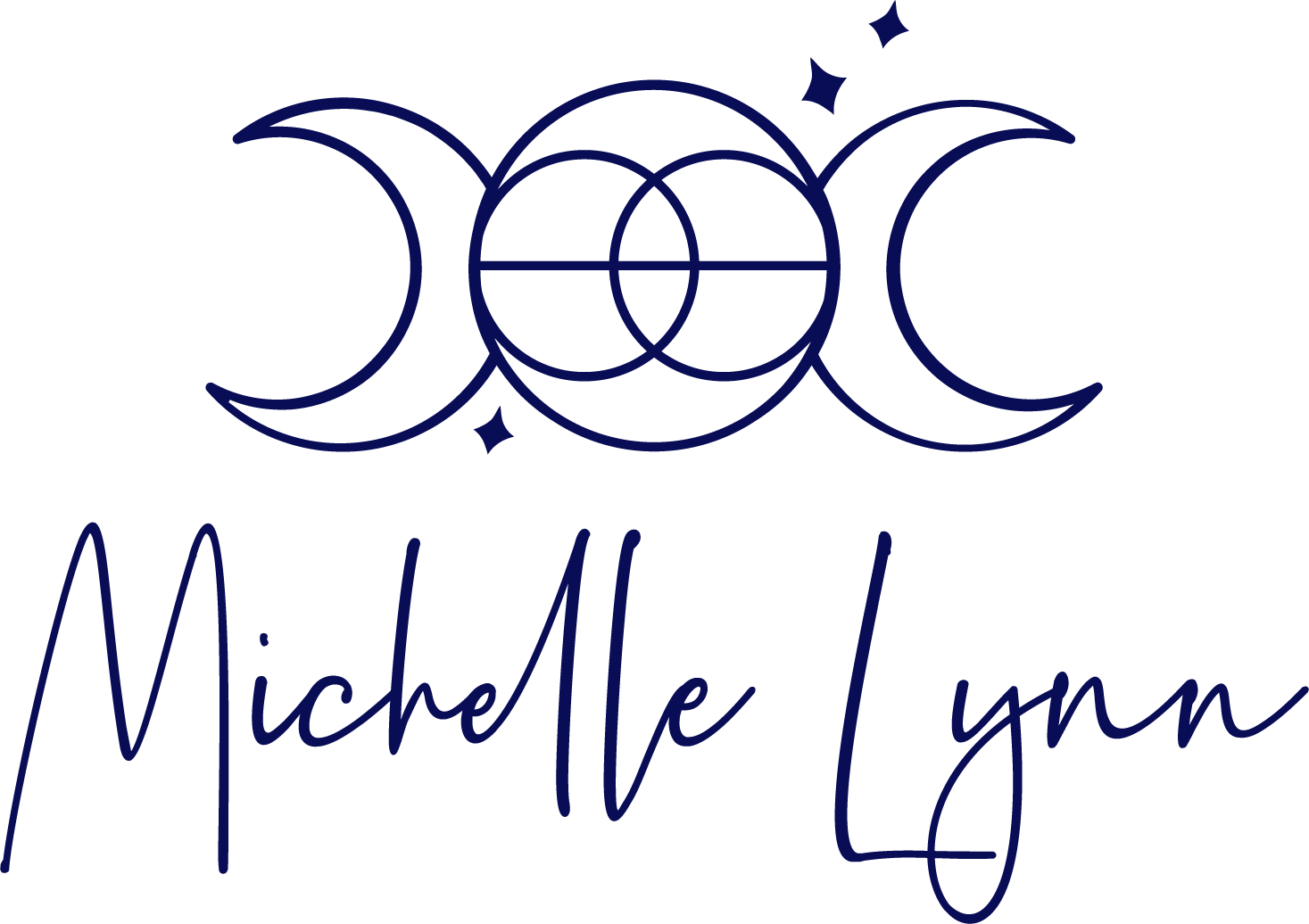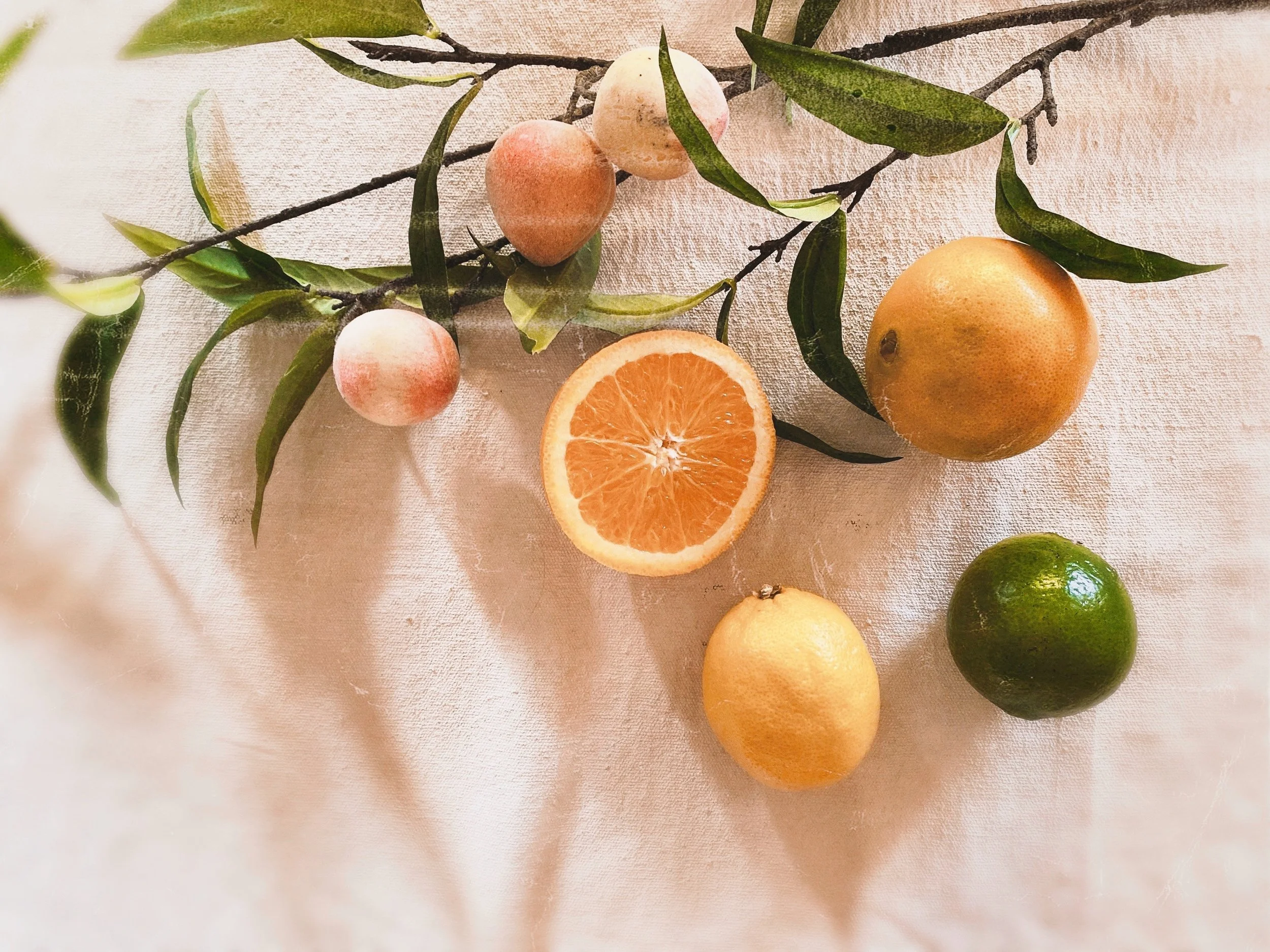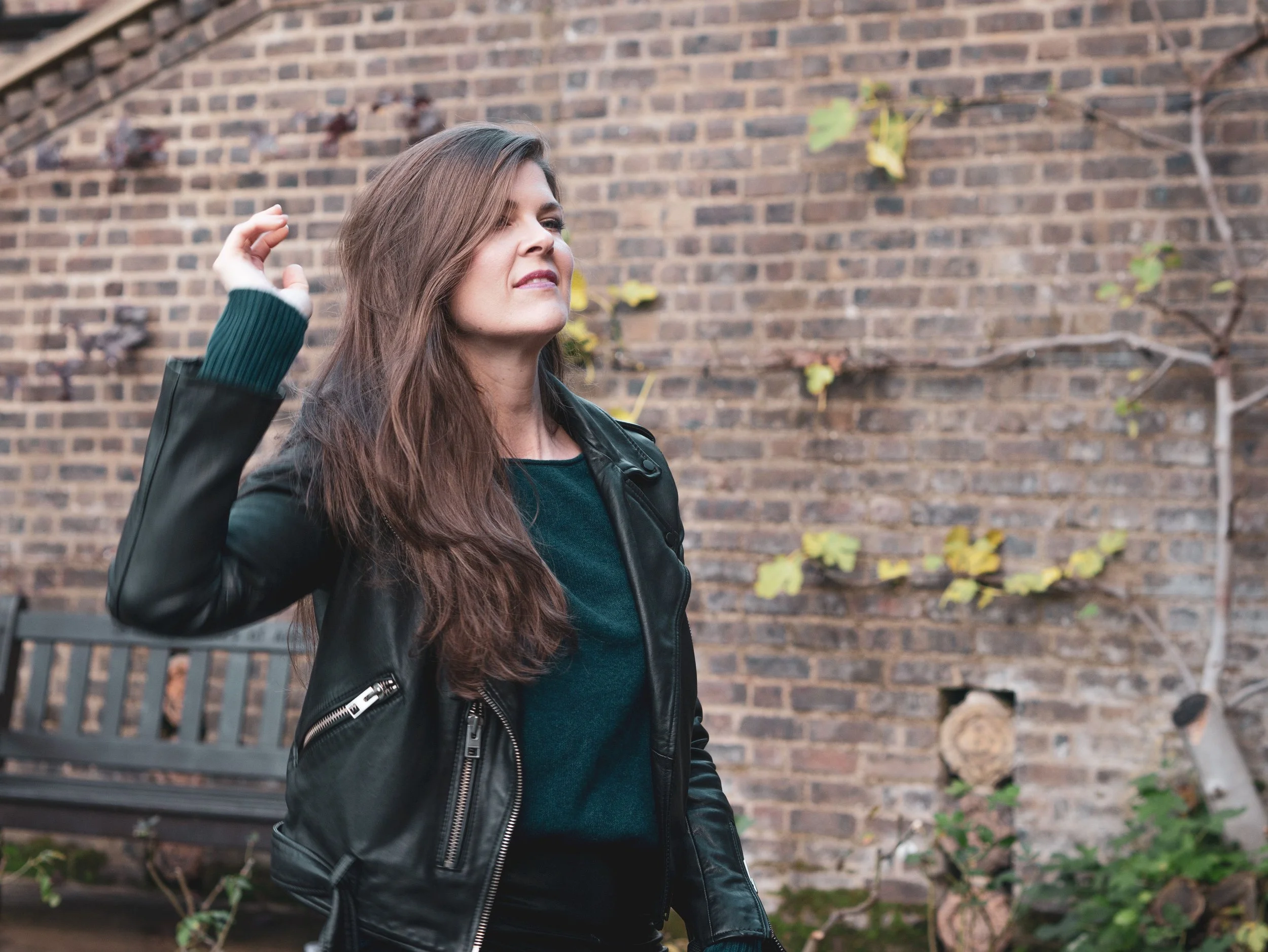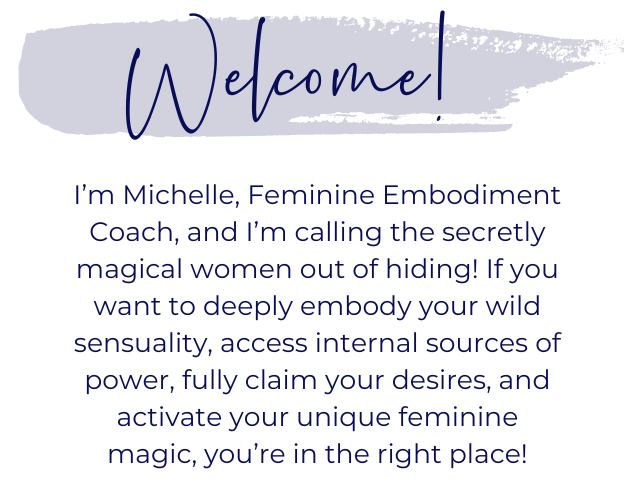The Secret to Healing Ourselves and the World
I’ve spoken with several people recently about what to do with all the heavy emotions that are coming up so regularly for many of us during this global lockdown. Often we don’t want to feel that way and we might avoid the feelings by stuffing them down or ignoring them. One friend shared such a simple and beautiful insight.
She said, “when I try to avoid feeling it, that just seems to prolong it.”
This is such a powerful understanding based on her own experience. And it’s also quite true from a somatic point of view: the body’s sensate experience doesn’t just go away if we turn our attention away from it. It stays frozen in the body, trapped in the tissues.
There have been several important books written about this phenomenon by people doing very interesting research on the body & trauma. The Body Keeps the Score by Bessel van der Kolk is one. Peter Levine’s Waking the Tiger is perhaps more accessible to the casual reader.
As described in these books, and by many people doing somatic work, emotional experiences are stored in the body. They are stored in the physical tissues. And these emotions can remain simmering there beneath the surface, essentially as frozen tension, until they are allowed to be liberated (felt) and completed.
I’m curious, what do YOU do when you experience uncomfortable emotions or sensations like sadness or grief, fear, anger, confusion, or shame?
What happens in your mind and your body when one of these emotions comes up?
I know I have at times dealt with these uncomfortable emotions by:
Making myself busy with something else;
Opening my social media apps to take my mind off it;
Judging and criticizing myself because I “shouldn’t” be feeling that way (creating more of this frozen tension);
Turning to sugar or alcohol to feel better;
Simply stuffing down my emotions – biting my tongue, swallowing my feelings, sweeping it under the rug, brushing it off.
Can you relate?
I think many of these are common ways of avoiding uncomfortable emotions. They may even have been specifically taught to you as coping mechanisms by well-meaning people who want to help you feel better.
Our over-culture holds this idea that uplifting, expansive sensations are “good” and uncomfortable emotions are “bad.”
This cultural view judges uncomfortable parts of the human experience.
Even in more spiritual or “woke” circles, the idea persists that uncomfortable sensations are “low vibration” and should be avoided.
We’ve all been absorbing this messaging in various ways all our lives, from the time we were children and told to stop crying and be a big girl or boy.
A much more empowering view, in my opinion, is that the whole spectrum of emotions and sensations are all a valuable part of the human experience. The wholeness that is YOU includes both the uplifting and the base. Your darkness is not less valuable than your light.
It can be challenging at first to turn towards these uncomfortable sensations, instead of trying to avoid them.
We might think – if I let myself go there it might never end.
Or – if I let this out it might destroy everything around me.
But when we take small steps towards being with whatever is present, even if it’s uncomfortable, we begin to see that this is how we metabolize and integrate these emotions back into part of our wholeness.
We find that turning towards it allows it to move through us and complete, often much faster than we imagine.
When we try to turn off uncomfortable sensations, we effectively build a wall around this part of ourselves. We then need to manage these walls, and also squeeze ourselves into the ever-shrinking space that’s left over.
Yes, it takes some emotional bandwidth to be with what is present. But it takes even more energy to keep it all suppressed!
When we try to avoid feeling, it doesn’t make it go away, it just seems to prolong it.
Our frozen tension then also creates other knock on effects downstream. And sometimes it bubbles up and spills over when we aren’t expecting it.
If you’ve ever been around kids you’ll know a great example of this: meltdowns that happen over something silly when they get home from school - they keep it together all day long and then you pick the wrong color cup and they are crying on the floor!
I’m sure we’ve all been there at some point. Someone says the wrong (or right!) thing to you and you’re suddenly crying. Or yelling!
Practicing being with what is becomes even more valuable and relevant in the current pandemic situation we find ourselves. On a personal level, it gives us a means of processing all that we are experiencing and integrating it into wholeness.
It empowers us to claim our full spectrum of being as valid and valuable. To claim space for the truth our whole selves, instead of shrinking ourselves into “socially acceptable” little boxes.
This moment is also an invitation to be with what is on a collective and global level. An opportunity not to rush forward in busy-ness, or to numb out with avoidance, or to take our minds off of things, but to turn towards what is normally hidden, judged, and othered in our culture that stigmatizes the uncomfortable. To look directly at the hard truths of our socioeconomic and racial disparities. At death. At sickness and the conditions of our culture that perpetuate it. At the pain of the earth. At the shadows of our institutions and governments.
Trying to avoid it just seems to prolong it.
But when we turn towards it – when we are able to be with the truth of what is – then we can metabolize it and integrate it back into wholeness. We can heal both ourselves and the world.




















